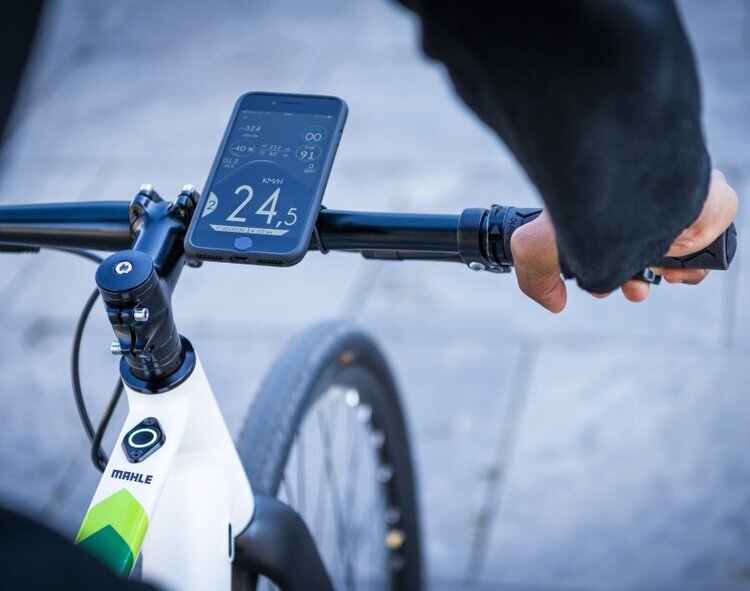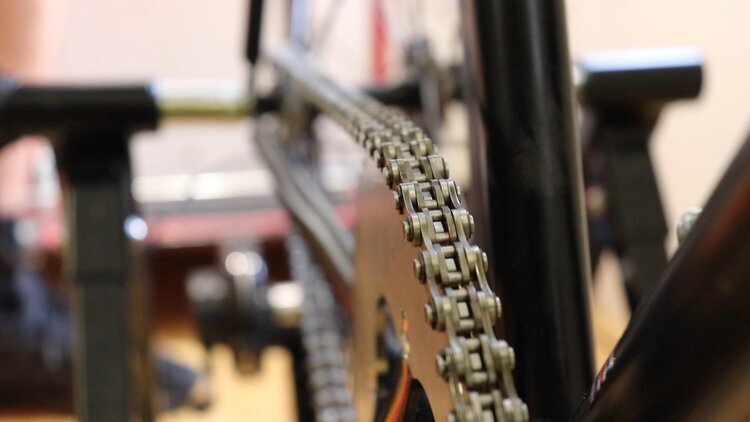As lockdown starts to ease around the world and we look for social-distancing alternatives to public transport, there’s no doubt that sales in bikes are going to continue to soar – especially in cities. And, if you live at the top of a hill (like the CEO of New Motion Labs) or have a long commute to work, chances are you’re going to choose an e-bike over a push bike and you won’t be alone in your decision.
Until recently, e-bikes had a relatively niche market, but at the end of last year Deloitte published a report predicting that global sales of e-bikes would reach 130 million between 2020 and 2023. That figure seemed somewhat optimistic at the time of publication, but now, in the midst of COVID-19, it’s starting to seem a lot more likely.
E-bikes have been around for a lot longer than you probably think, with the earliest versions dating as far back as the late 19th century. But it is only now that they are really taking off, mainly due to improvements in battery life and the switch from a roller chain to a belt drive on the more expensive models. But, e-bikes still have a way to go to become as efficient as they could be.
Current Solution: The Roller-chain
Generally, people tend to ride e-bikes for longer than they would a pushbike, simply because it’s less effort – with a motor to assist you, your legs don’t tire as quickly. This ease of use is undoubtedly the great appeal of e-bikes, but it’s also its downfall as excessive use also causes the chain to wear faster. Add to that that the higher forces and torque of e-bikes, compared to regular bikes, means that the chain needs to be very strong to function efficiently and you’ve got yourself a maintenance nightmare. Roller chains remain much unchanged since they were first invented more than 100 years ago. Plus, they’re heavy, noisy, not particularly durable and require regular lubrication and maintenance.
Current Solution: The Belt-drive
E-bike manufacturers are well aware of the downsides of current roller chain technology, which is why at the higher end of the market the e-bikes have belt drives instead. Although arguably a better alternative, belt drives wear quickly, often require a specially designed bike frame, are very expensive, can’t be used with derailleur gears and are difficult to maintain or repair yourself.
The Future Solution: The Link Drive
So what is the solution? The Link Drive. The ‘link’ between the roller chain and the belt drive, the Link Drive is a new type of chain, which engages on both sides of the tooth on the sprocket. This double-sided engagement means the Link Drive is able to distribute power much more effectively, in turn increasing efficiency, lifetime and enabling miniaturisation of the chain. Plus, this revolutionised technology doesn’t require a special drive-train – it can be used with standard gear systems. The Link Drive operates more smoothly and quietly than current roller chains or belt drives, and it is both smaller and more lightweight and doesn’t require regular maintenance.
In a time when people are taking up cycling once more, maybe for the first time since their childhood, they are going to want a bike that they can rely on, that is as light as possible and that they don’t have to spend their precious free time maintaining or their hard-earned cash fixing. So, if e-bikes are the future in our post-pandemic world, the Link Drive has to be the future for e-bikes.







